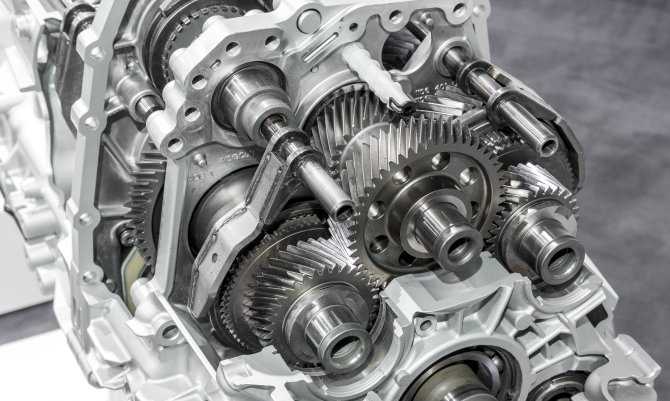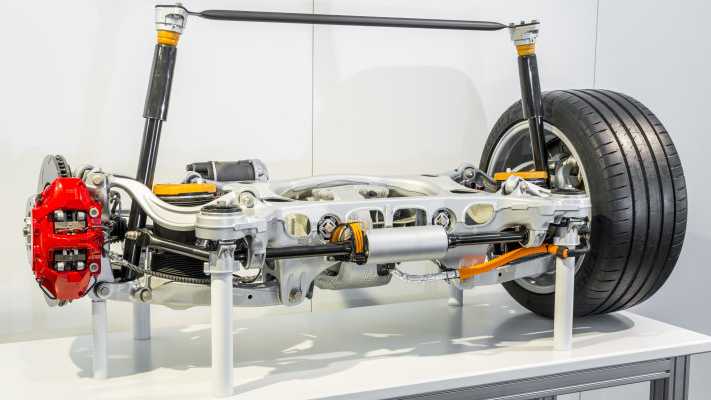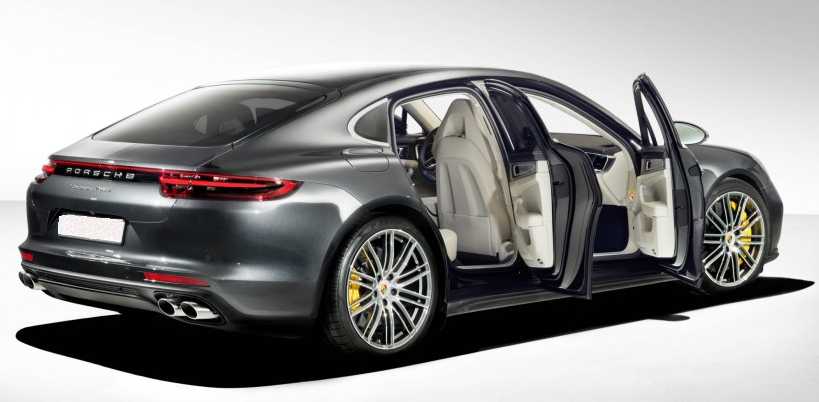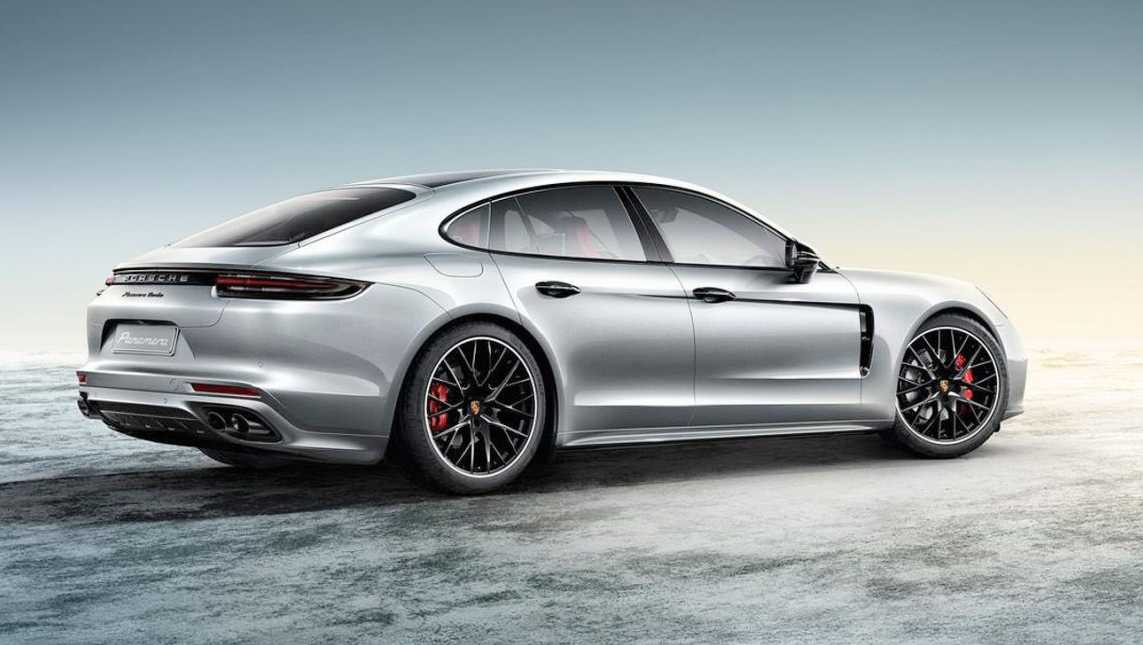
The 2017 Porsche Panamera hit the market on June 28. Porsche builds the Panamera in Leipzig, Germany and the new Porsche Panamera range reconciles two contrasting motor vehicle types which provides for the performance of a sports car and the comfort of a luxury saloon.
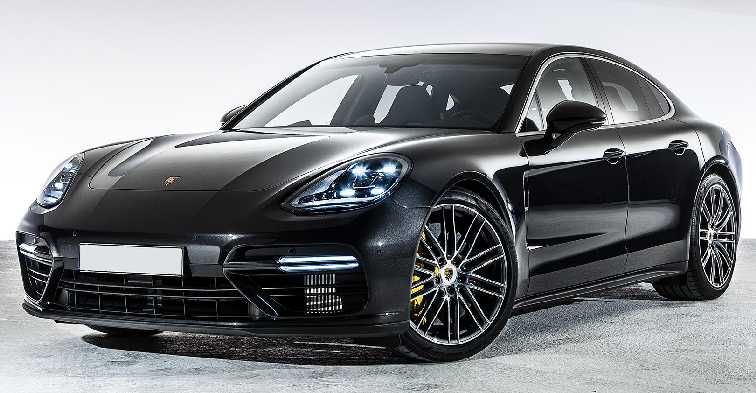
The Panamera Turbo set a new record for the fastest sedan at the Nürburgring circuit in a time of 7 minutes - 38 seconds.
The outer skin is entirely aluminium. The rest is high and ultra-high strength steel which meant Porsche had to devise a means of bonding the two different metal types. One such method involves spinning screw-like fasteners at 6,000 rpm which causes surrounding metals to melt and form a permanent bond.
A new addition on the 2017 Panamera is a two-stage spoiler which initially lifts up out of the liftback and then folds out to provide a larger spoiler surface.
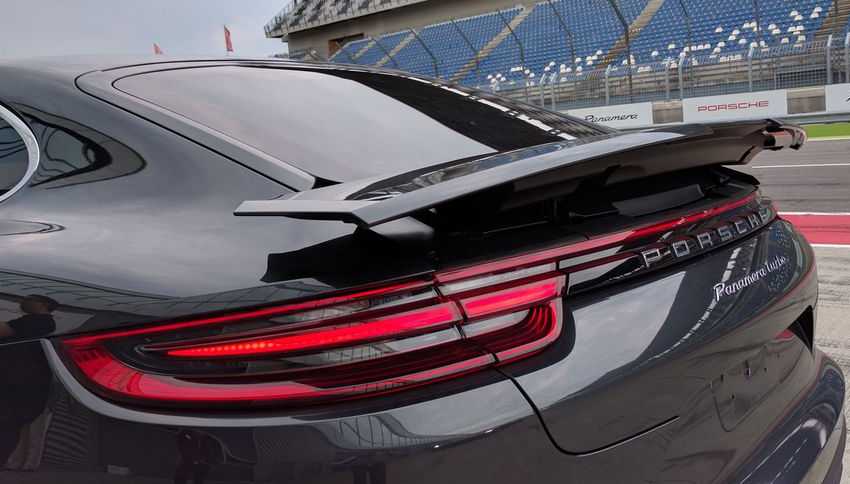
A Bose stereo system is standard and a 1455-watt, 21-speaker Burmester surround sound system is an optional extra.
Technically all of the 2017 Porsche Panamera range are turbos because the new engine family consists of a twin turbo V6, a twin turbo V8 and a turbo diesel V8.
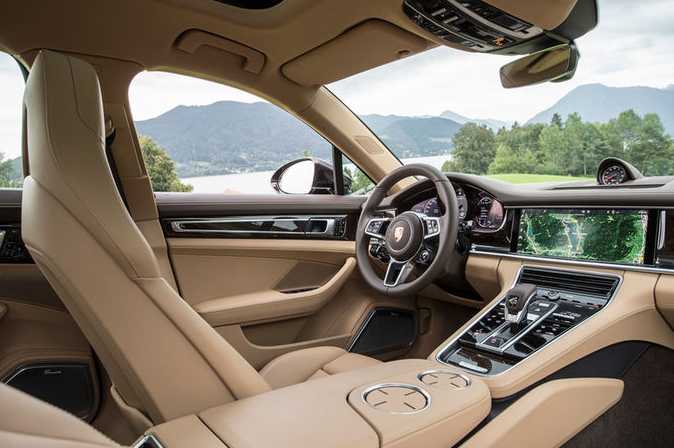
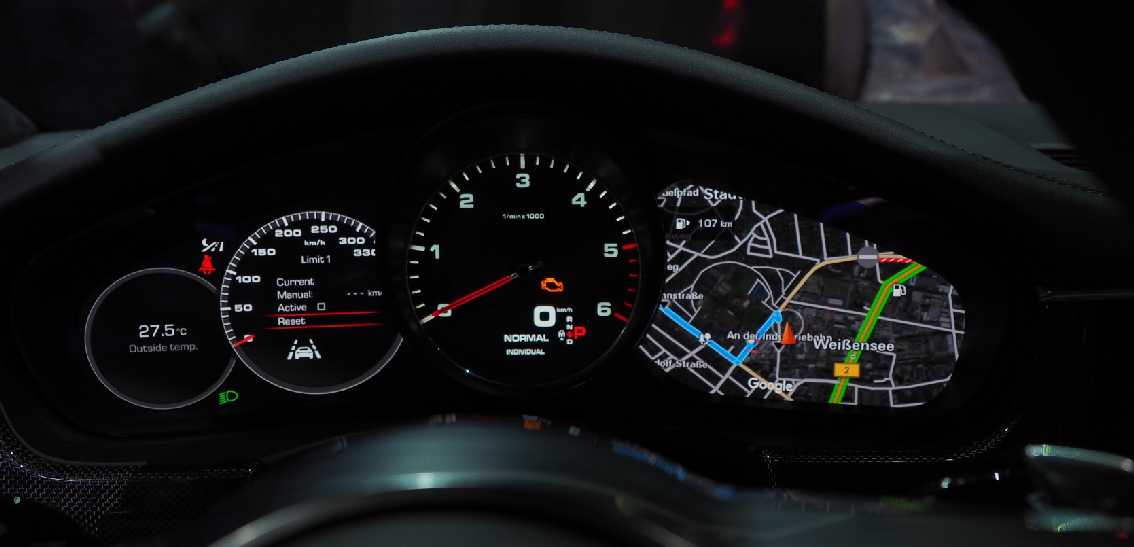
An electro-mechanical chassis system which Porsche refers to as 4D Chassis Control is operated by a central computer system which analyzes vehicle dynamics in three dimensions (longitudinal, lateral, and vertical acceleration) and communicates in real time to all chassis systems (hence a fourth dimension of chassis control).
An optional new night vision system is available and uses a thermal camera to detect pedestrians and large animals on the road. Additionally an optional InnoDrive system is able to include adaptive cruise control and retrieve the next three kilometres of road ahead from an onboard navigation system in order to calculate optimal acceleration and braking via the semi-autonomous drive system and maximising fuel economy.
The V8 version is able to take advantage of cylinder deactivation technology to drop down to V-4 operation under light load and cruising conditions and which also assists with fuel economy.
